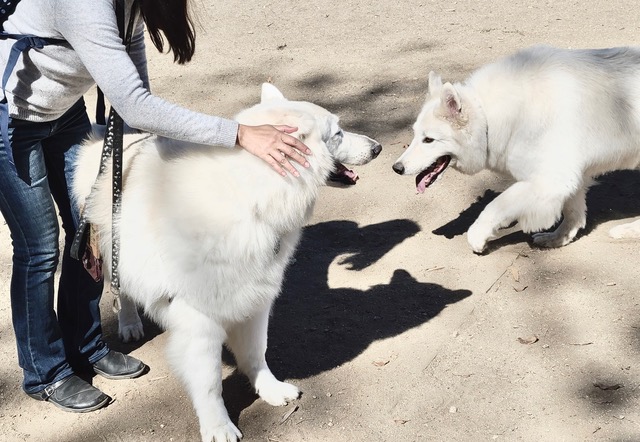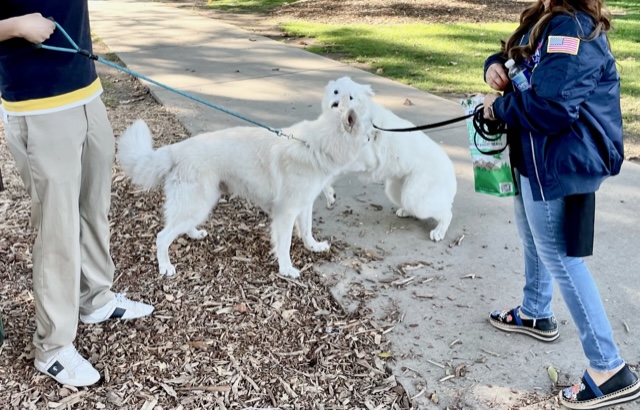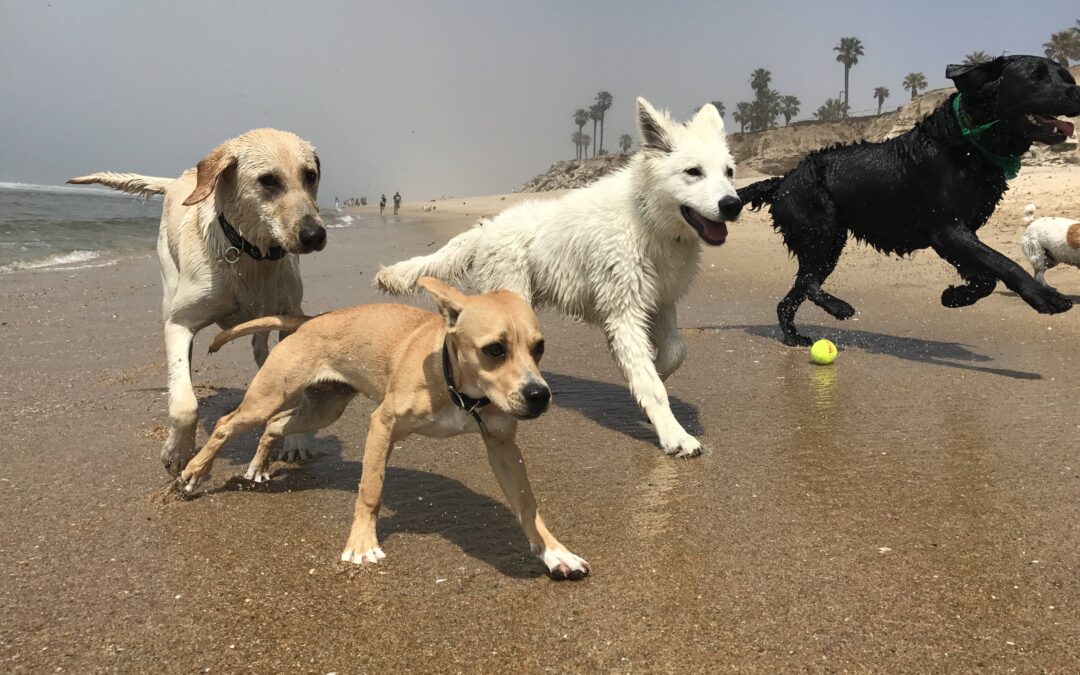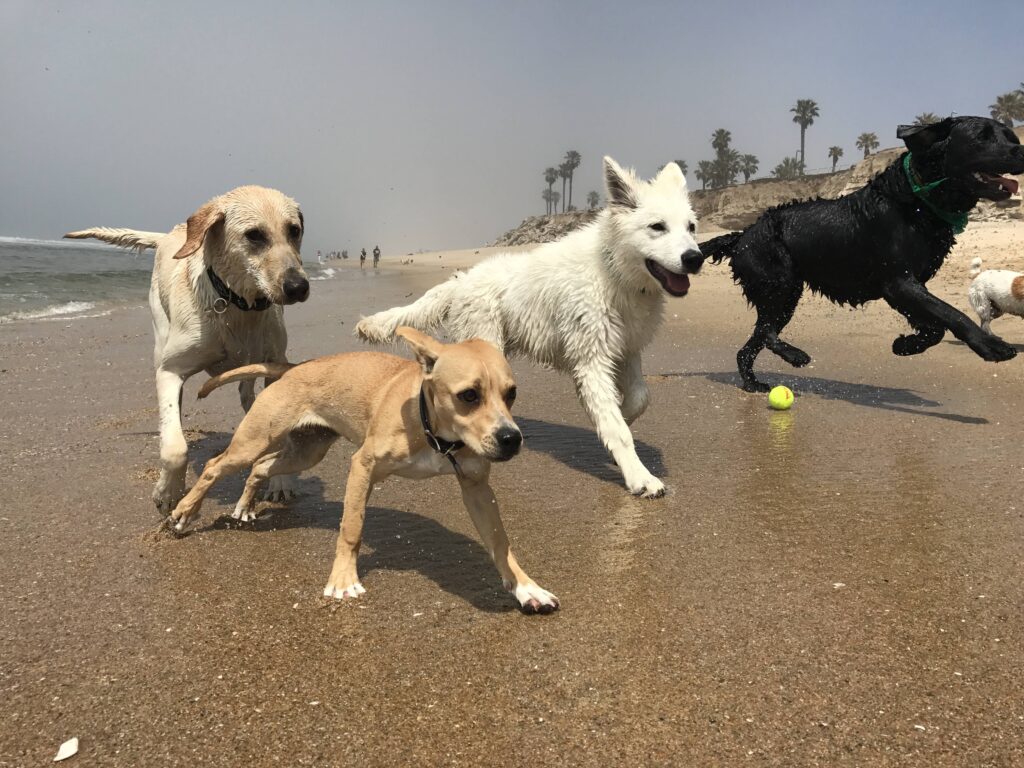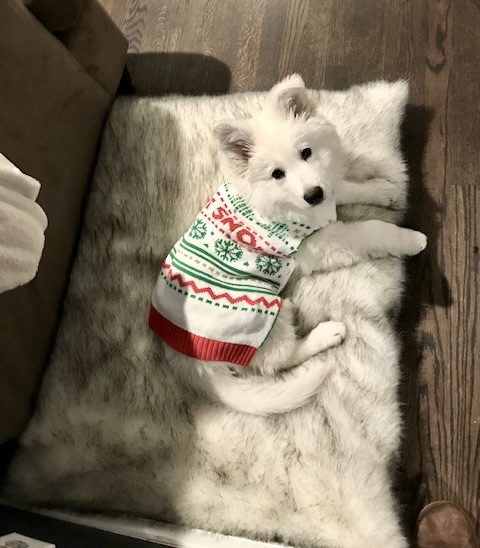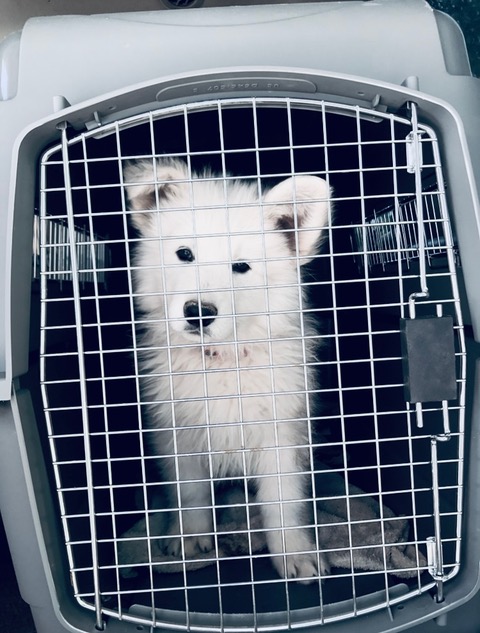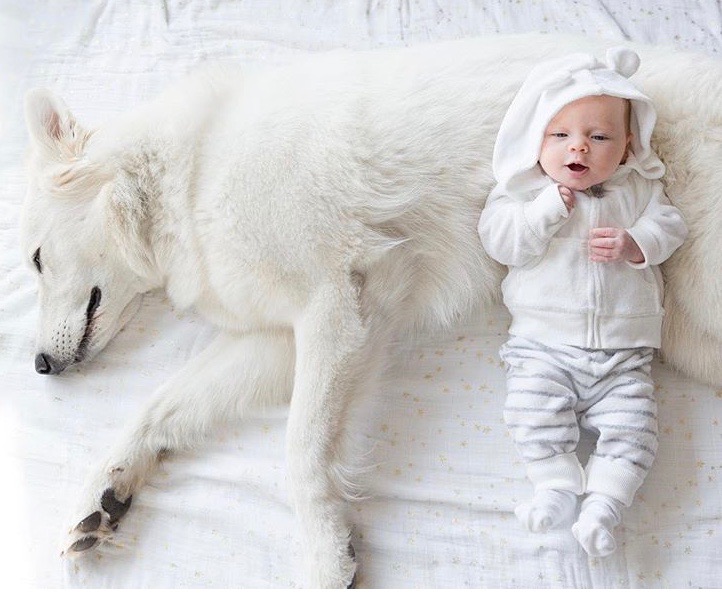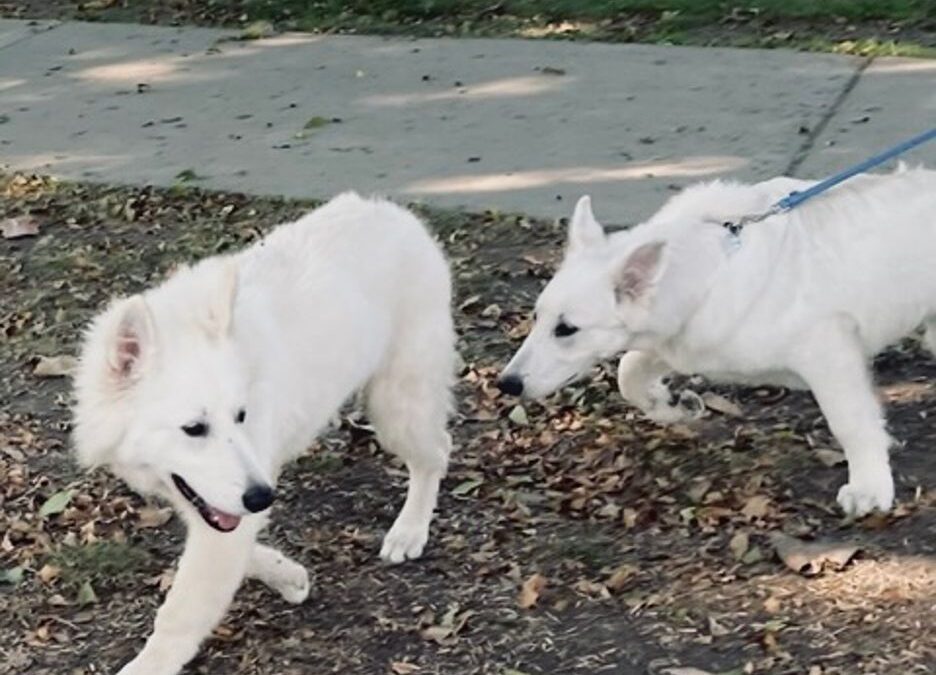
How to Stop Your White Swiss Shepherd Dog From Pulling on the Leash
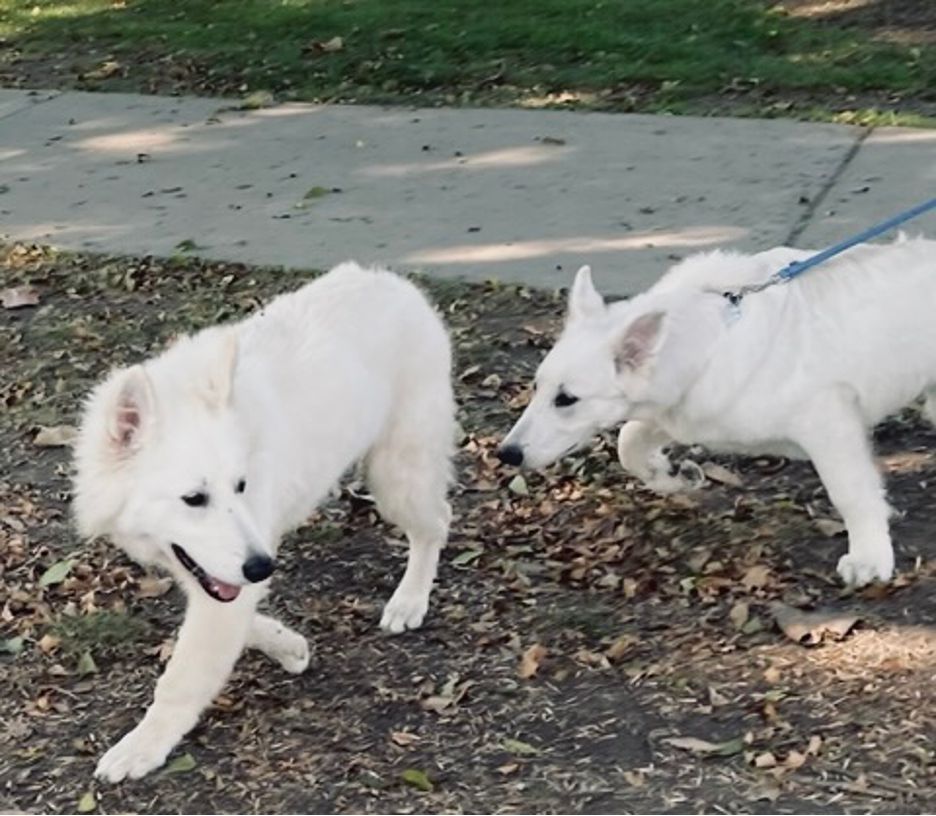
Walking your dog should be a pleasurable experience for both you and your dog. However, if your dog pulls on the leash, it can quickly turn into a frustrating ordeal. Not only does leash pulling make walks less enjoyable, but it can also be dangerous for you, your dog, and other dogs and people. Fortunately, with patience, consistency, and the right techniques, you can train your dog to walk politely on a leash. Here’s a step-by-step guide to help you achieve this.
Understanding Why Dogs Pull on the Leash
Before diving into the training methods, it’s essential to understand why dogs pull on the leash. First and foremost, as with the vast majority of dog behavior issues, leash pulling is about lack of owner leadership. If you do not provide your dog with a clear understanding that you are the leader and set expectations, your dog will assume he/she is the leader and do what it wants to do. Dogs are naturally curious and eager to explore their environment. When they see or smell something interesting, their instinct is to move towards it, often resulting in pulling. Additionally, if pulling on the leash has been rewarded (by allowing them to reach their desired destination, with weak feedback, or by playing tug of war with a harness), this behavior becomes reinforced. Fixing this issue is about establishing leadership and guidelines for your dog.
Step-by-Step Training Guide
1. Start Early
As with most dog training, the sooner you start, the better. Young puppies need to understand that you are the leader early in their lives and it is much easier to work with a puppy on proper leash behavior than it is to fix problems later (although the tips we give in this blog will also help correct problems with older dogs).
2. Choose the Right Equipment
The first step in training your dog not to pull is to ensure you have the right equipment. Based on the people we see getting dragged around on streets and in dog parks, this will be a controversial recommendation: do not use a harness. Harnesses were originally designed for a specific reason: to make it comfortable for a dog to pull hard! You don’t want that. You want it to be uncomfortable for the dog to pull. Instead, use a slip lead. This type of lead puts pressure on the dog when pulling and immediately releases it when not pulling. Leading trainers have used slip leads on millions of dogs throughout history and still do; at DWWR we have used these leads with hundreds of dogs. Used properly, they do not present a risk to your dog. It is a mistake to believe that a dog dragging an owner around via a harness is a “happier” dog than a dog who feels safe with a good leader and clear boundaries.
3. Use the “Stop and Reverse” Method
When your dog pulls on the leash, stop walking immediately and reverse directions with a gentle tug on the leash. This makes your dog pay attention to you and reinforces that pulling won’t lead to progress.
4. Use the Verbal Clues
When the dog begins to pull on the leash and you stop and reverse, use your “negative sound”. We use a quick “Tsssst!” whenever a dog is doing something we don’t want them to do. Conversely, whenever the dog reacts appropriately and stops pulling, encourage him, with a happy “good boy” or “Yes!” and give him a treat. Once your dog has been trained, you will not need to reverse directions, tug on the leash, or give treats. Your quick verbal cues will remind them of what you want.
5. Introduce Distractions Gradually
Once your dog can walk nicely on the leash in a controlled environment (home/backyard), gradually introduce more distractions. Start in a quiet park before progressing to busier areas. Remain consistent in your leadership: if the dog pulls toward another dog or person, “Tssst!” and reverse directions with a tug. When the dog remains calm with slack in the leash “good boy!”
Tips for Success
- Patience is key: Training a dog not to pull on the leash can take time. Be patient, persistent, and consistent. persistent.
- Short, frequent sessions: Keep training sessions (max. 15 min) short but frequent to maintain your dog’s attention and enthusiasm.
- Stay calm and positive: Dogs can sense frustration, so stay calm and use positive reinforcement and treats to encourage good behavior.

